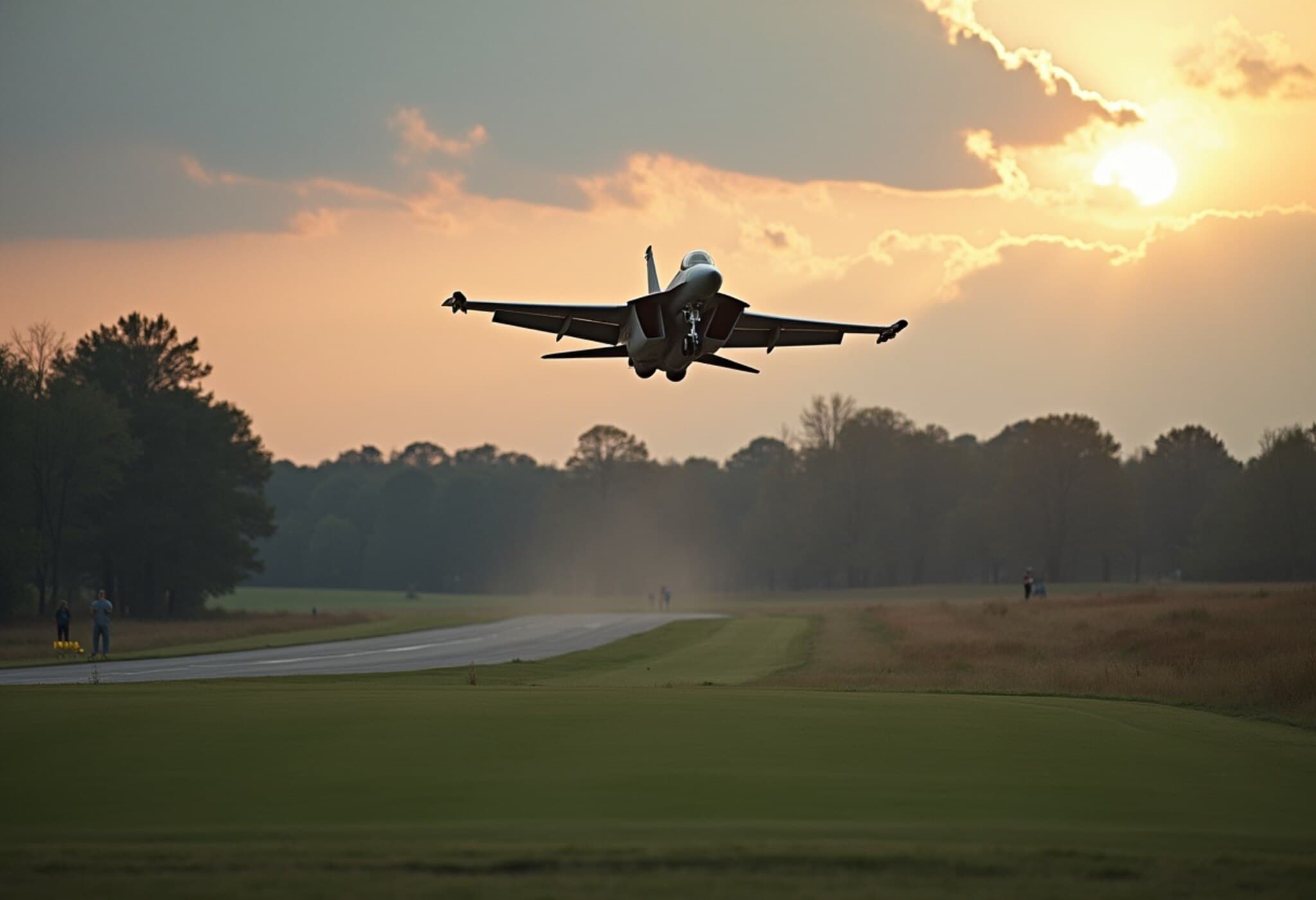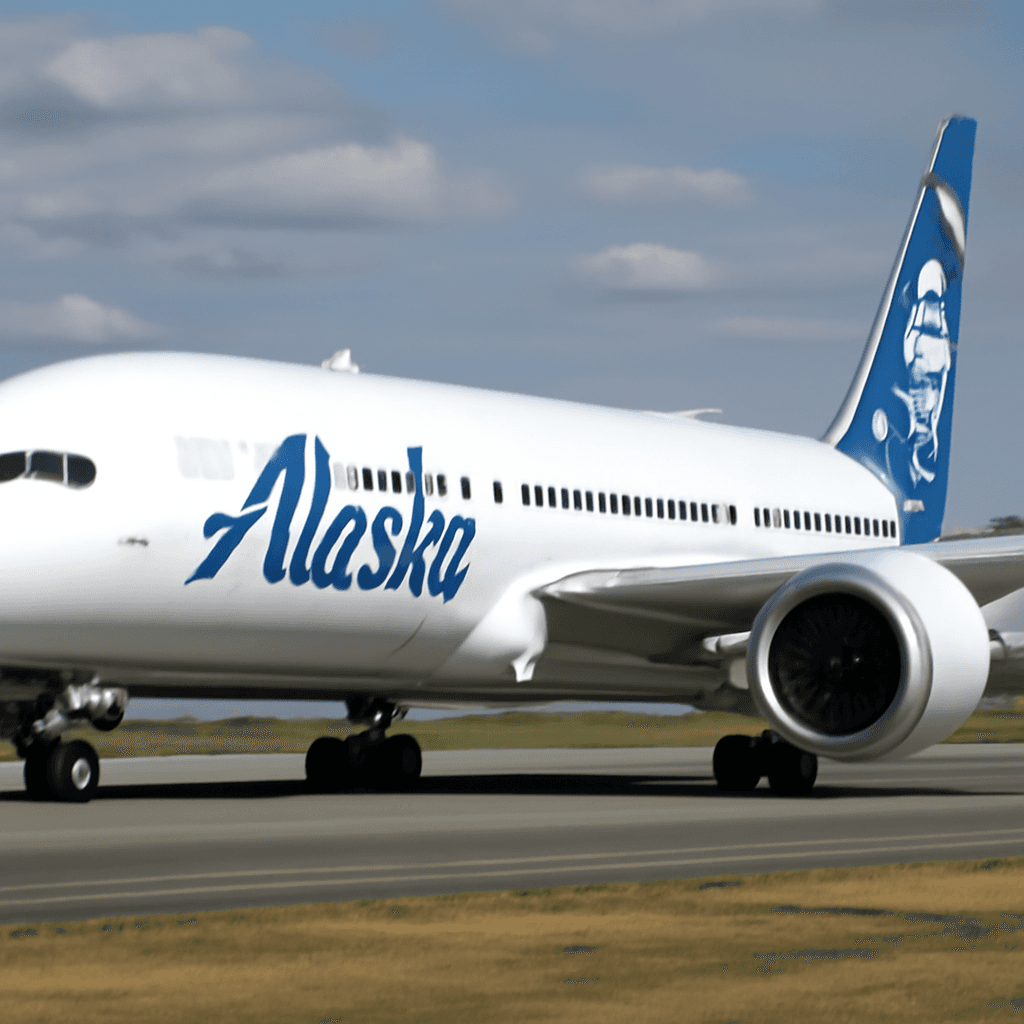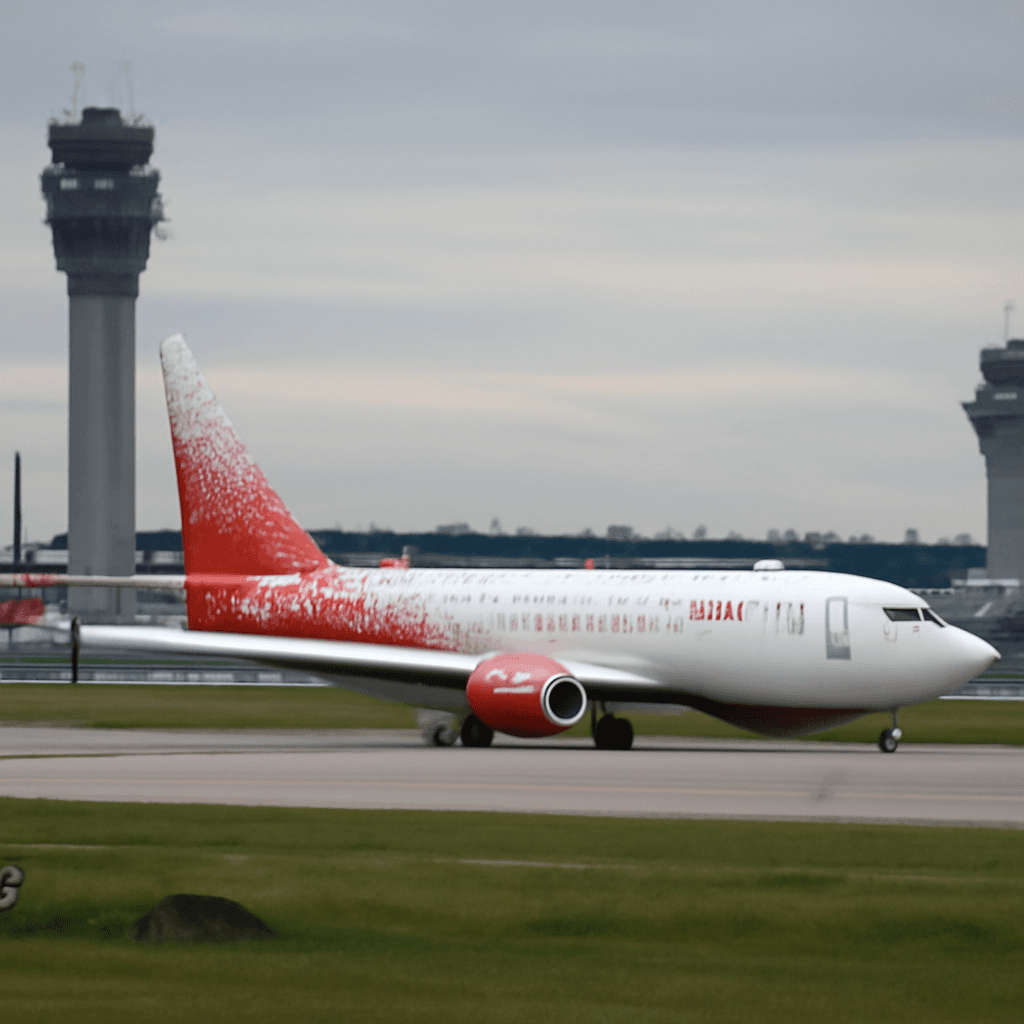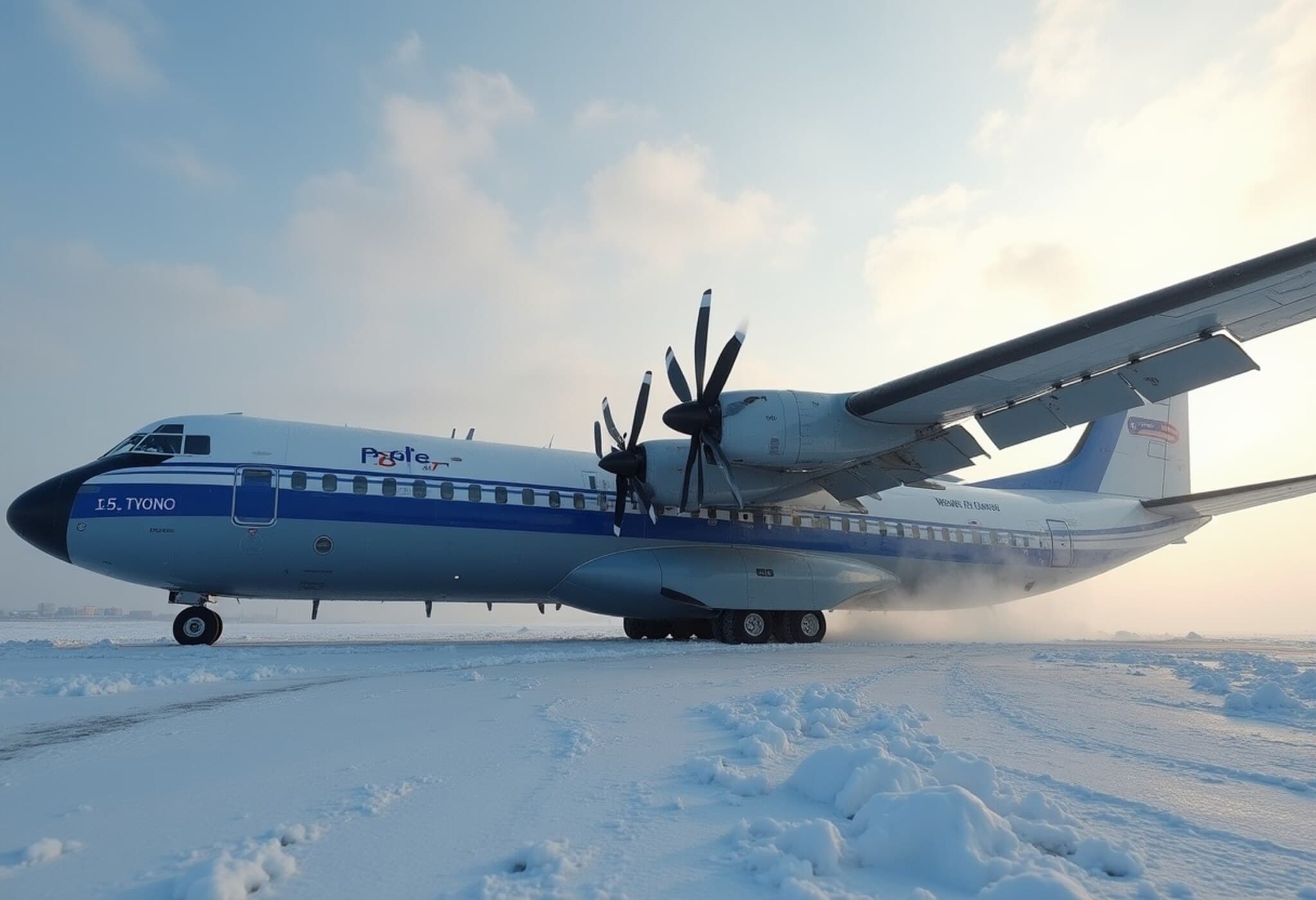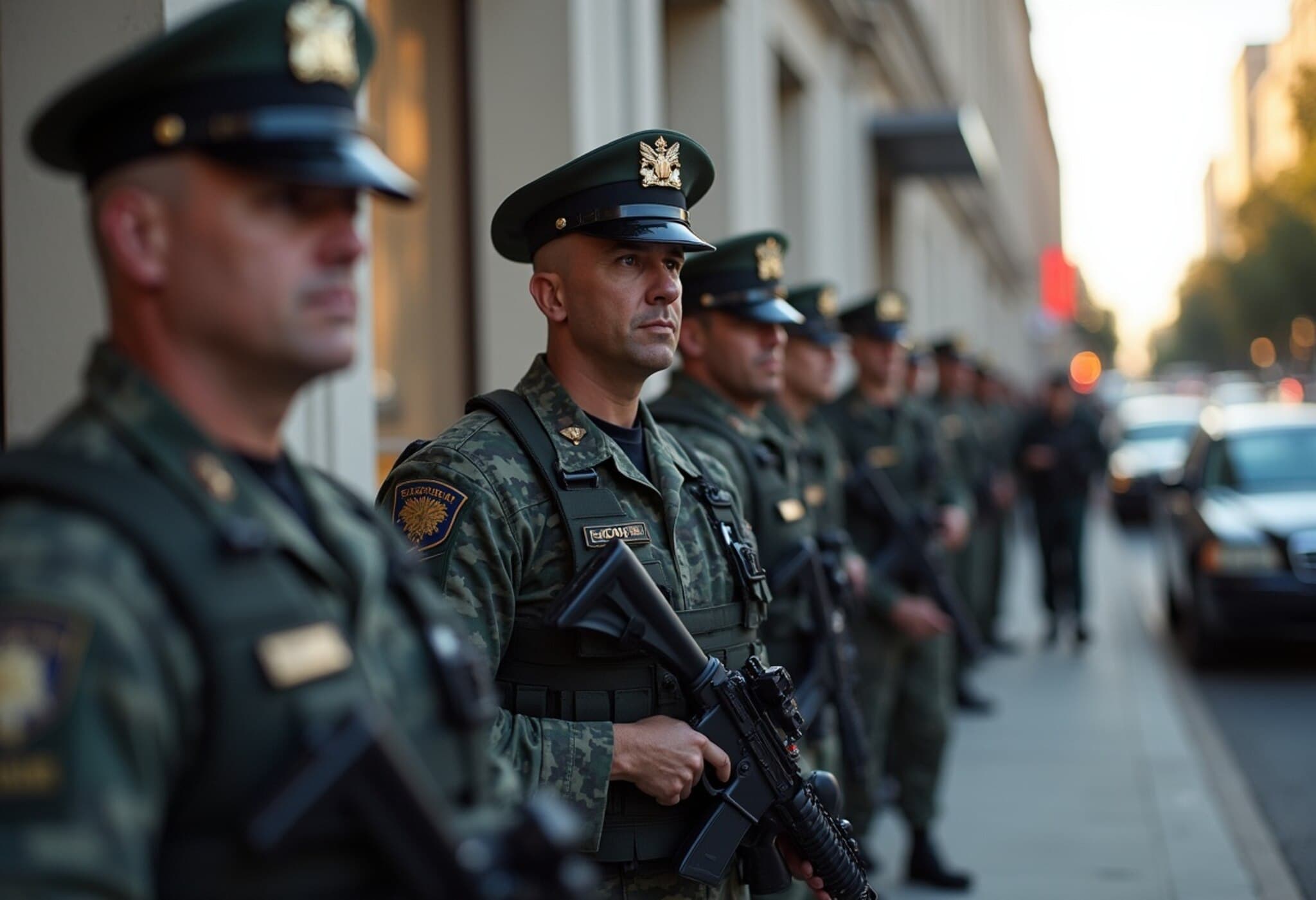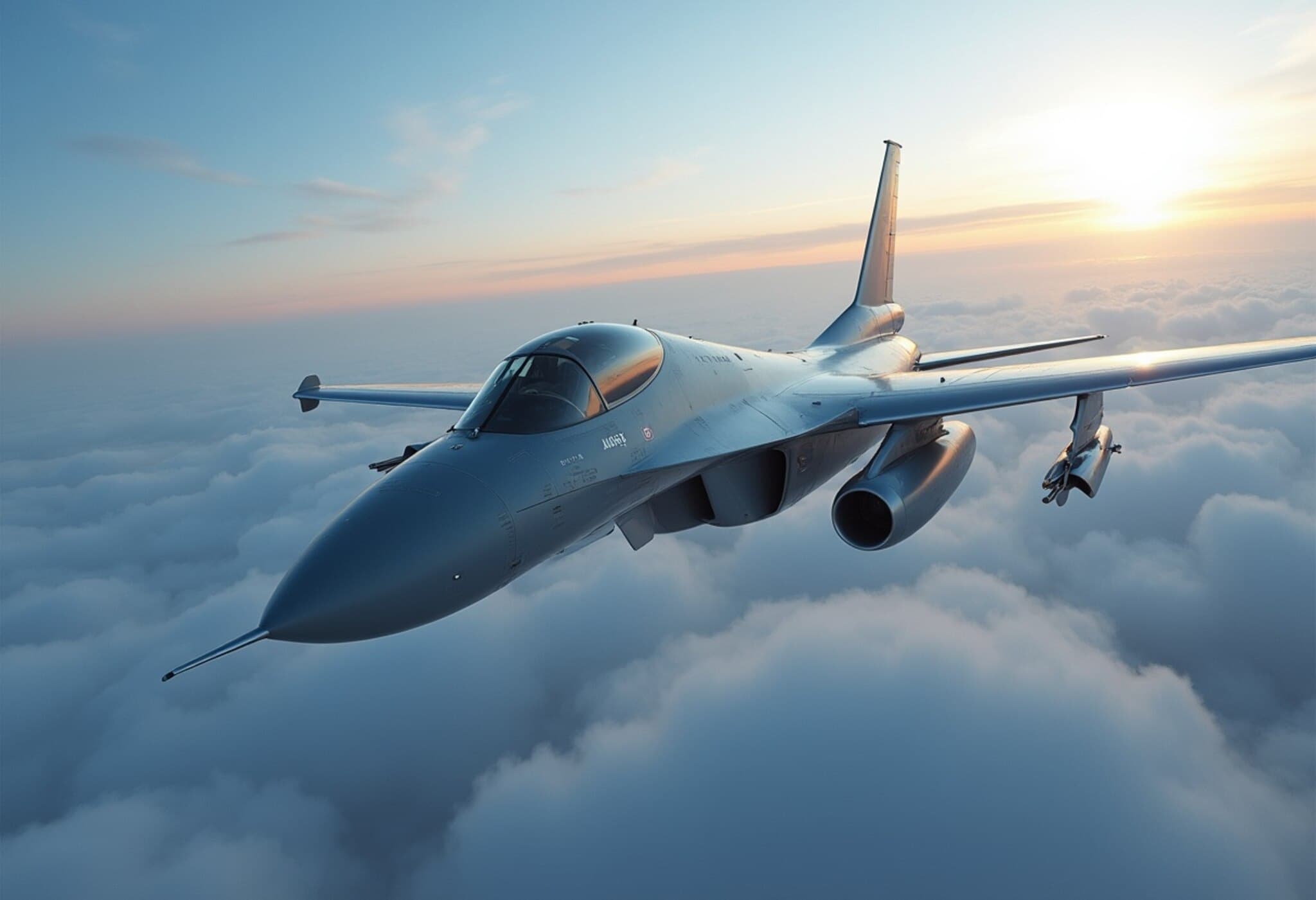Fighter Jets Scramble After Civilian Plane Enters Restricted Airspace Over Trump Golf Club
In a startling security event on Sunday, North American Aerospace Defense Command (NORAD) scrambled fighter jets to intercept a civilian aircraft that violated a temporary flight restriction (TFR) zone over former President Donald Trump’s National Golf Club in Bedminster, New Jersey. The incident highlights the stringent measures taken to protect sensitive airspace around prominent locations and raises critical awareness for general aviation pilots.
Incident Details: What Happened Over Bedminster?
At approximately 12:50 p.m. local time, a civilian aircraft inadvertently entered the restricted airspace designated over Trump National Golf Club. NORAD confirmed that fighter jets were deployed to intercept and escort the plane out of the no-fly zone. During the interception, flares were used to signal and gain the pilot's attention, an unusual but effective approach to managing airspace violations.
Public communications from NORAD and the U.S. Air Force’s First Air Force emphasized the seriousness of the breach. NORAD tweeted, “A reminder to all pilots to read your NOTAMs and pay particular attention to restricted airspace.” The First Air Force added, “For the 2nd time this weekend, fighters intercepted an aircraft violating restricted airspace over Bedminster, NJ. Flares were deployed during this intercept. Pilots: check NOTAMS before every flight!”
Multiple Violations Signal a Larger Issue for Aviators
According to military sources, this was the second interception that weekend alone, part of a series of seven temporary flight restriction violations near Bedminster. This pattern underscores a concerning lack of compliance with FAA NOTAMs (Notices to Airmen), which are critical for pilots to understand dynamic airspace restrictions.
NORAD’s official reminder included references to specific FAA NOTAMs — 9839, 9840, 9841, and 9842 — tied to the Bedminster region, urging pilots to thoroughly review these notices before takeoff to avoid inadvertent violations.
Understanding the Stakes: Why Such Strict Airspace Enforcement?
Restricted airspace zones are established for various reasons including national security, the safety of VIPs, and to prevent potential threats. The Bedminster TFR is particularly sensitive, given the presence of a former U.S. President and the ongoing concerns about securing such facilities.
The scramble of fighter jets is not merely theatrical but a necessary response. Unauthorized aircraft pose potential risks — from surveillance and intrusion to accidents — that defense services cannot overlook. The use of flares serves as a non-aggressive but unmistakable signal for pilots violating TFRs, emphasizing the gravity of the situation without escalating to more severe defensive actions.
Expert Commentary: Aviation Safety and Compliance Challenges
Professor Laura Simmons, an expert in aviation regulations at Georgetown University, commented, "This cluster of TFR violations around Bedminster suggests a gap in pilot education or operational diligence. While general aviation is a vibrant component of American airspace, ensuring compliance with dynamic restrictions is critical to safety and national security. Improvements in real-time NOTAM dissemination and pilot briefings are urgently needed."
Additionally, aviation consultants recommend technology integrations such as enhanced cockpit alert systems that provide real-time TFR warnings to naive pilots, potentially reducing the frequency of such intrusive airspace breaches.
Key Takeaways for Pilots and the Public
- Always check FAA NOTAMs before flight to remain updated on any temporary or permanent airspace restrictions.
- Understand the significance of TFR zones, especially near politically sensitive or high-security areas.
- Respond promptly and respectfully if intercepted by military aircraft — compliance keeps everyone safe.
- Technological tools like flight planning apps should be kept current to receive timely alerts on airspace restrictions.
Looking Ahead: Balancing National Security and Aviation Freedom
This series of TFR violations raises deeper questions about how the U.S. aviation community balances broad access to airspace with the necessity of security restrictions. As air travel and private aviation continue to grow, stakeholders must collaborate to tighten communication channels and pilot awareness to prevent compromising national defense zones.
Editor's Note
The recent RAF jets' scramble over Bedminster serves as a wakeup call — not only for pilots but for aviation authorities. The blend of technological aids and enhanced pilot education offers a clear path forward to avoid such risky breaches. As TFR zones often protect critical infrastructure and national figures, the aviation sector must vigilantly uphold these restrictions while fostering an informed, safety-first flying culture.
What measures do you think could best help private pilots avoid these airspace violations? How can authorities ensure compliance without stifling aviation freedoms? These remain pressing questions as we navigate evolving security needs in an increasingly crowded sky.
Stay tuned for ongoing coverage and expert insight into airspace safety and policy developments.

